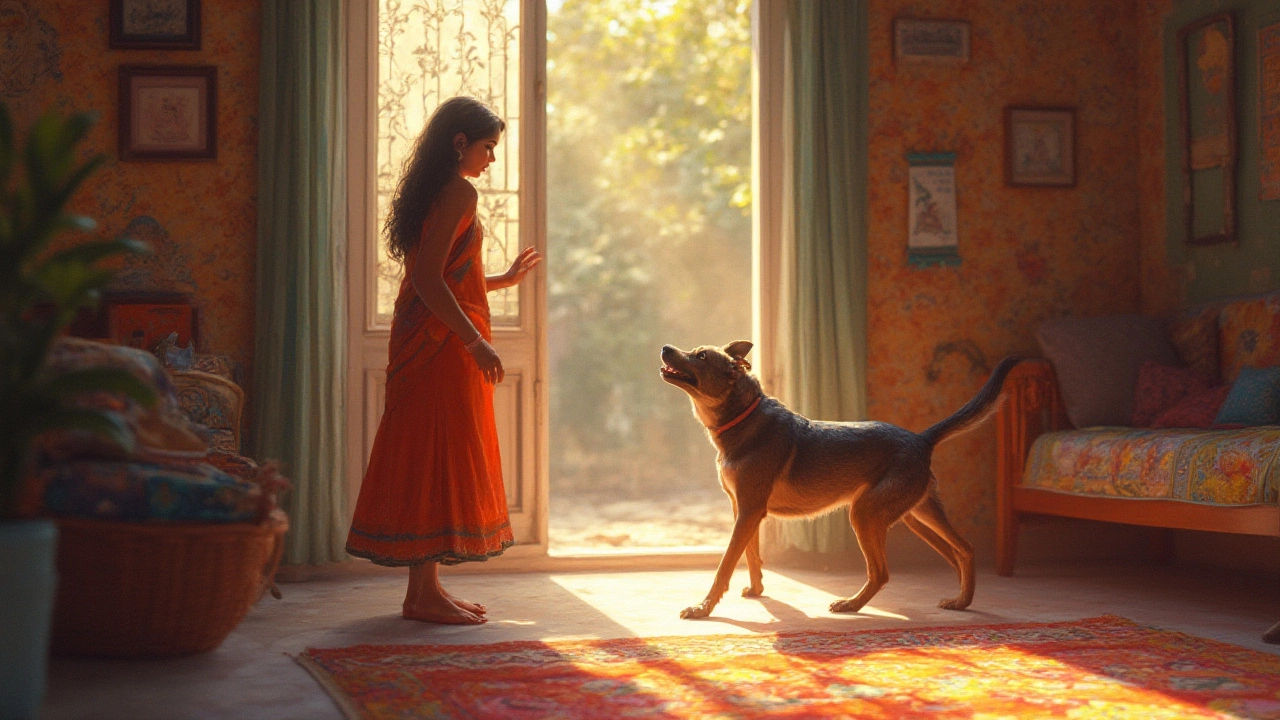Canine Communication: Decode Your Dog’s Signals Fast
Ever wonder what your dog is trying to tell you when it wiggles its tail or lets out a whine? Understanding canine communication isn’t a mystery – it’s about watching a few key signals and matching them to the situation. The better you read these cues, the smoother daily life gets for both of you.
Body Language Basics
Dogs speak with their whole body. A relaxed posture – loose shoulders, open mouth, and soft eyes – means they’re comfortable. When the tail is low or tucked, that’s a clear sign of fear or submission. A high, stiff tail usually means confidence or alertness, especially if the dog’s ears are forward and the stare is focused.
Watch the ears next. Forward‑pointing ears signal interest or excitement, while ears flattened back suggest anxiety or aggression. The eyes matter too: a soft gaze and blinking indicate calm, whereas a hard stare or wide pupils often mean the dog feels threatened.
Vocal Cues: What the Barks, Whines, and Growls Mean
Sounds are the easy part – you can’t miss a bark. A short, high‑pitched bark usually means the dog is playing or wants attention. Longer, repetitive barks often warn of a perceived threat, like a stranger at the door. Whining is a request for something: food, a walk, or simply reassurance when the dog feels insecure.
Growls get a bad rap, but they’re a warning system. A low, rumbling growl means the dog needs space. A higher, crackling growl can signal frustration or playfulness. Context is king – if the dog’s tail is wagging and the body is loose, the growl is likely friendly; if the posture is rigid, it’s a sign to back off.
Putting it all together helps you respond correctly. If you see a tucked tail, ears back, and a whine, give the dog a calm voice and a gentle hand, not a lecture. When the tail is high, ears forward, and the dog barks excitedly, join the fun with a game of fetch.
Quick cheat sheet:
- Loose body + soft eyes = happy
- Tail low + ears back = scared
- High tail + ears forward = alert
- Short high bark = play/attention
- Long repetitive bark = alert/guard
- Whine = request (food, walk, comfort)
- Low growl = needs space
- High growl + wagging tail = playful frustration
Practice reading these signals during everyday moments – walks, meal times, and play sessions. The more you tune in, the faster you’ll spot subtle changes. Your dog will feel understood, and you’ll avoid many misunderstandings that lead to stress.
Remember, every dog is unique. Some breed traits lean toward certain signals, but individual personality matters most. Keep a notebook for a week, jotting down what your dog does and how you responded. You’ll start seeing patterns and become a pro at canine communication in no time.

Why Do Dogs Stretch When They See You? The Surprising Reasons Behind This Adorable Behavior
Curious why dogs love to stretch when you walk in? Discover the science, psychology, and facts behind this cute, common canine greeting.
read more


